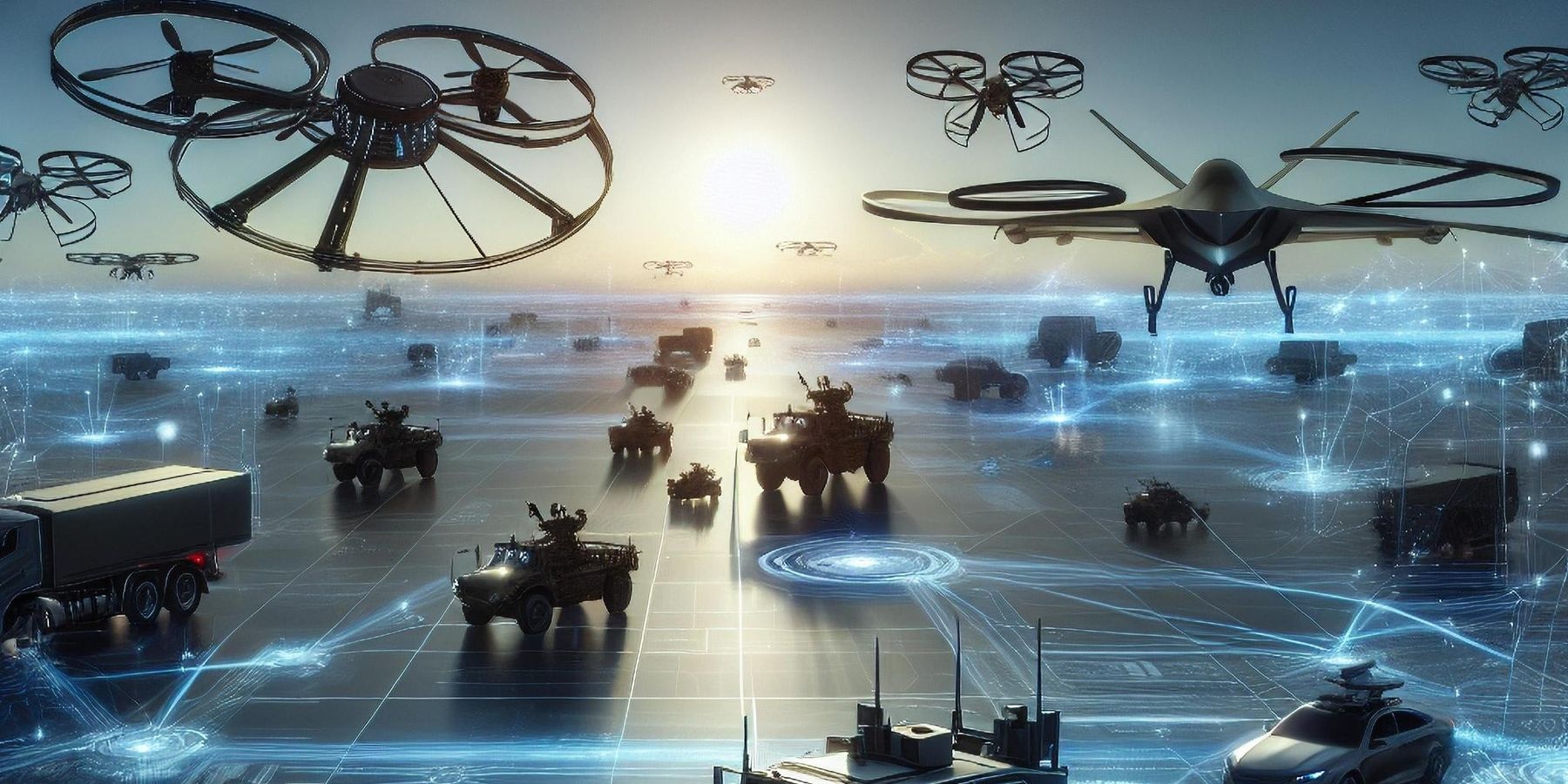Many of the national security establishment’s leading voices say America’s military needs to rapidly modernize by embracing the digital future through adopting Artificial Intelligence, network-centric warfare, and uncrewed weapons.
Some even claim that such technology has already fundamentally changed the nature of war. The Pentagon’s technologists and the leaders of the tech industry envision a future of an AI-enabled military force wielding swarms of autonomous weapons on land, at sea, and in the skies.
However, before the United States fully mortgages its security to software code and integrated circuits, several questions must be addressed. Assuming the military does one day build a force with an uncrewed front rank, what happens if the robot army is defeated? Will the nation’s leaders surrender at that point, or do they then send in the humans?
The next major question is, what weapons will the humans wield? It is difficult to imagine the services will maintain parallel fleets of digital and analog weapons. Judging by current trends, Pentagon leaders are much more likely to invest the bulk of their procurement budgets in purchasing autonomous or “optionally manned” systems like the XM30 Mechanized Infantry Combat Vehicle.
Those promoting such a future appear ignorant of a very simple truth: war is a human endeavor. Wars are fought to serve human ends. The weapons used are only the means to achieve those ends.
The humans on both sides of a conflict will seek every advantage possible to secure a victory. When a weapon system is connected to the network, the means to remotely defeat it is already built into the design. The humans on the other side would be foolish not to unleash their cyber warriors to find any way to penetrate the network to disrupt cyber-physical systems.
The United States may find that the future military force may not even cross the line of departure because it has been remotely disabled in a digital Pearl Harbor-style attack.
Technology certainly has its place in the military. Uncrewed aerial vehicles fill many of the roles traditionally performed by pilots flying expensive aircraft to take just one example. In certain circumstances, troops on the front lines should have the ability to employ technology directly.
The Army’s latest tank design, the AbramsX, will be armed with Switchblade attack drones, which will enhance the crew’s combat power. However, the same capability could also compromise the vehicle depending on how it is integrated into the system.
The current trend in military technology is to tightly integrate new capabilities into a cohesive whole. One of the biggest selling points for the F-35 was the jet’s ability to gather data from all of its combat systems and run it through a “fusion engine” to create a unified picture of the battlespace for the pilot that could also be shared across multiple platforms. The data connections between the separate systems means that a corruption in one can spread to some or all of the others.
The F-35 that crashed in South Carolina in 2023 serves as a useful example. The pilot in that case ejected after an “electrical event” knocked out the jet’s radios, transponder, navigation system, and the helmet mounted display.
Marine Corps officials redacted the cause of the electrical malfunction in the crashed F-35 in the investigation report, but the fact that a single event during a peacetime training flight could disrupt multiple interconnected systems is telling. Imagine what a malicious actor could do to the same platform through a targeted cyber-attack.
This issue has already moved beyond the theoretical. According to the Government Accountability Office, the Department of Defense reported 12,077 cyber-attacks between 2015 and 2021. The incidents included unauthorized access to information systems, denial of service, and the installation of malware.
Pentagon officials created a vulnerability disclosure program in 2016 to engage so-called ethical hackers to test the department’s systems. On March 15, 2024, the program registered its 50,000th discovered vulnerability. The director of the department’s Defense Cyber Crime Center reported their office already has more than 24 million networked assets it needs to secure.
Before the Pentagon’s technologists march off into their imagined brave new world, fundamental questions regarding technology integration need to be considered carefully. A guiding acquisition principle moving forward should be to employ technology when appropriate, but not fully integrate it into every weapon system.
Full control of information networks will never be assured. The future force must be able to still operate effectively when access to the networks is denied.
















